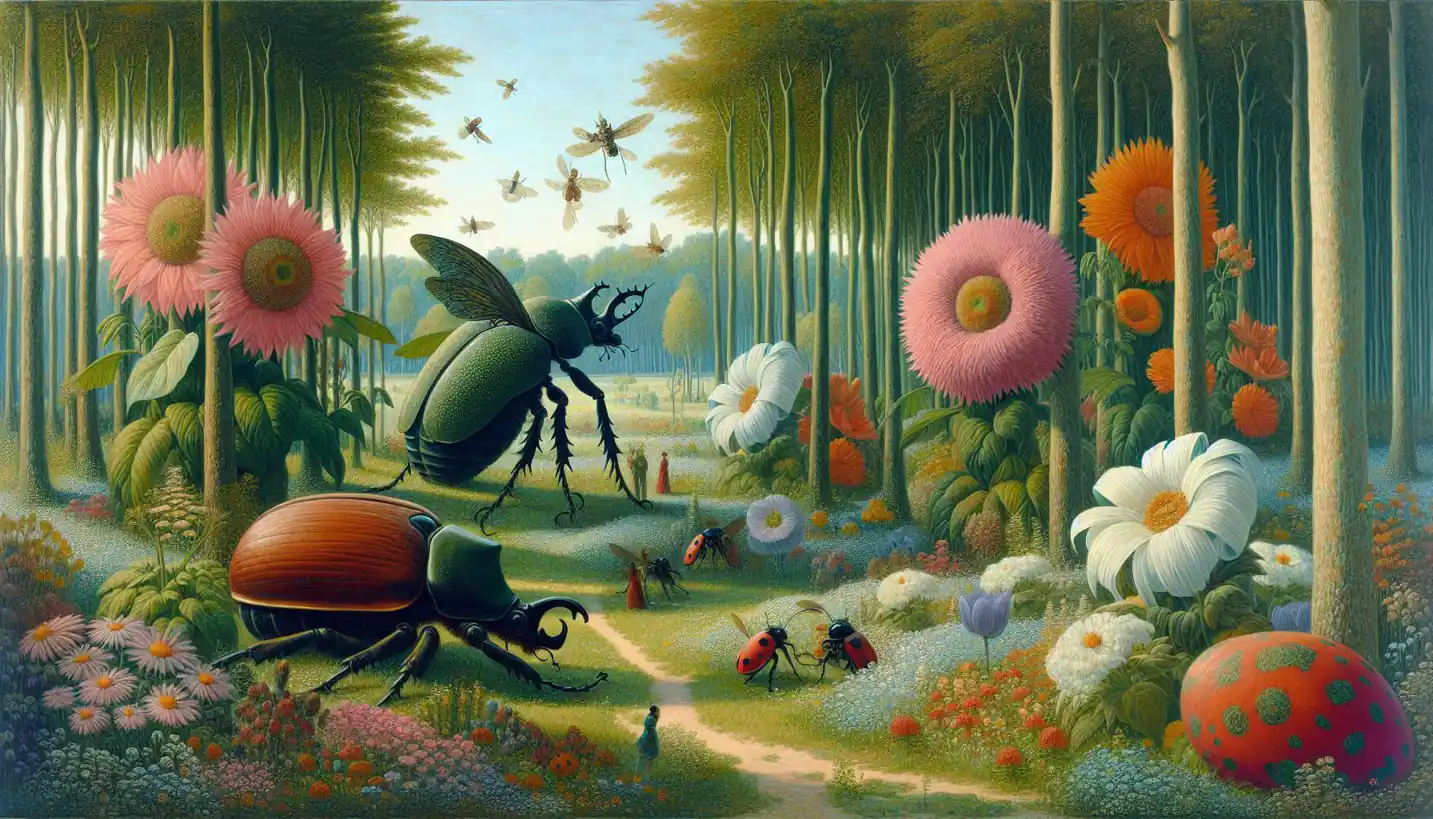· Biology · 4 min read
Chirality: The Twisty Tale of Life's Handedness
Chirality often determines how molecules interact, impacting biology's intricate systems. Explore the twisty tale of handedness and its profound influence on life's chemistry.

Chirality is a fascinating concept that pops up in biochemistry and biology. This idea is all about how certain molecules exist in two forms that are mirror images of each other, much like your left and right hands. But why is this important? Let’s dive into the twisty world of chirality and discover why it matters in the grand scheme of life.
What is Chirality?
To get our heads around chirality, think about your own hands. Even though they look similar, your left hand can’t fit perfectly into a right glove. This difference is what we call “handedness,” and it’s the essence of chirality. In the world of molecules, the same thing happens. Certain molecules have two versions, known as enantiomers, that are mirror images of each other.
Chirality in Chemistry
In chemistry, chirality often comes down to the arrangement of atoms around a central carbon atom. Imagine this central carbon like a little hub, with four different groups attached to it. If you swap any two of these groups, you get a new molecule that’s a mirror image of the original – voila, chirality!
Why Chirality Matters in Biology
Chirality is more than just a quirky characteristic of certain molecules. It plays a crucial role in biology, especially when it comes to amino acids and sugars, the building blocks of life. In living organisms, these molecules almost always exist in only one of their chiral forms.
Amino Acids and Proteins
All proteins, which are vital to life, are made from amino acids. Interestingly, almost all naturally occurring amino acids are “left-handed.” If you were to substitute even one “right-handed” amino acid into a protein, it could change the protein’s function dramatically. That’s how finicky nature can be!
Sugars and Carbohydrates
Sugars also show chirality, but in their case, they’re mainly found in the “right-handed” form. This handedness affects their role in energy storage and metabolism. Just like amino acids, if the chirality of sugars were different, processes in your body might not function as they should.
The Impact of Chirality on Medicine
Chirality isn’t only important in nature; it’s also crucial in medicine. Many drugs are chiral, and their effectiveness and safety can depend on their chirality. Sometimes, only one enantiomer of a drug is effective, while the other might be inactive or even harmful.
The Thalidomide Tragedy
A famous example is the drug thalidomide, used in the late 1950s and early 1960s. One enantiomer helped alleviate morning sickness, but the other caused birth defects. This tragic event brought home the importance of understanding chirality in pharmaceuticals.
Modern Drug Development
Today, drug manufacturers pay close attention to chirality. They strive to produce enantiomerically pure drugs, meaning they contain only the effective enantiomer. This focus helps ensure drugs are both safe and effective.
Chirality in the Cosmos
The mystery of chirality doesn’t stop at Earth’s borders; it extends into space. Scientists have found evidence of chiral molecules in meteorites, leading to intriguing questions about the origins of life’s handedness. Did these molecules come from space? Or did life develop this preference for one chirality over time? These questions continue to spark curiosity and drive research.
The Role of Chirality in Synthetic Biology
Synthetic biology, a field that combines biology and engineering, may hold the key to unlocking chirality’s potential. By understanding and manipulating chirality, scientists aim to create new materials and bioengineered organisms with specific functions. This knowledge could pave the way for innovations in medicine, agriculture, and industry.
Challenges and Future Research
Although we’ve learned a lot about chirality, many questions remain. Why did life choose one form of chirality over the other? How can we better control chirality in synthetic processes? Continued research is critical to answering these questions and unlocking chirality’s full potential.
Embracing the Twists and Turns
Chirality adds a layer of complexity to the world of chemistry, biology, and beyond. This captivating concept reminds us that even the smallest twists can have a monumental impact. As we continue to explore chirality, we unveil more about life’s intricate design and our place in the cosmos.
Conclusion
From the tiny twists in molecules to their grand significance in drugs and even cosmic mysteries, chirality is a key player in the story of life. By appreciating these molecular “handshakes,” we gain insight into the delicate balance that sustains living systems and prompts us to ask deeper questions about the world. As we delve further into chirality, who knows what exciting discoveries await?


